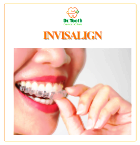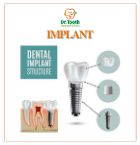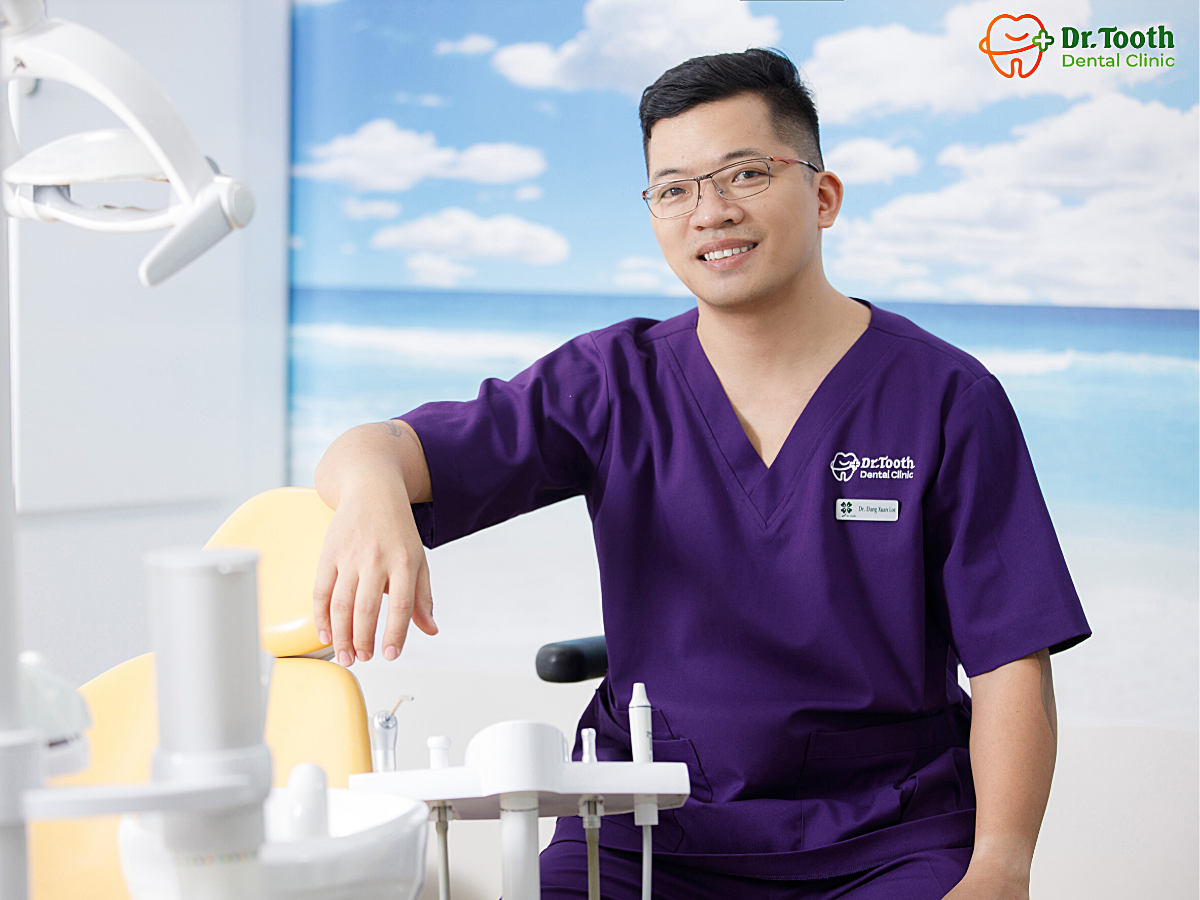Created at: 2020-01-08 01:53:23
Laser (Light Amplification by Stimulated Emission of Radiation) was first invented in 1960. Until now, over fifty years of development, lasers have been widely used in many fields of science, technology and life. In the medical industry in general and dentistry in particular, although only developing applications in recent times, its great influence is the revolution in diagnosis and treatment thanks to its preeminent features. A series of dental laser equipment has been researched and applied.
Advantages of using laser in dental treatment:
- The procedure is more accurate and causes less damage (due to heat healing of surrounding tissue and less bleeding) than electrosurgery devices.
- Reduce the time spent in the chair for the same rehabilitation.
- Eliminate vibrations, odors and fear when using a fast-set hand.
- Reduce or eliminate local anesthesia, sutures, analgesics or antibiotics.
- Bacterial infections are minimized because high-energy lasers will completely disinfect the treated area.
- Disadvantages of using laser method in dental treatment:
- Must protect eyes for patients and people around during treatment.
- Laser hard to remove the damaged tooth tissue in large cavities, side cavities, can not remove old fillings.
- Can not be used to sharpen teeth in cases of crowns, bridges, or inlay, onlay.
Laser application in soft tissue treatment:
Tongue anatomy, low lip lip braking, revealing teeth for orthodontic treatment; gum contour surgery and removal of damaged gums for orthodontic patients, extension of crowns in cavities, tooth biopsies, teething complications, Aphtes and other lesions Herpes injuries
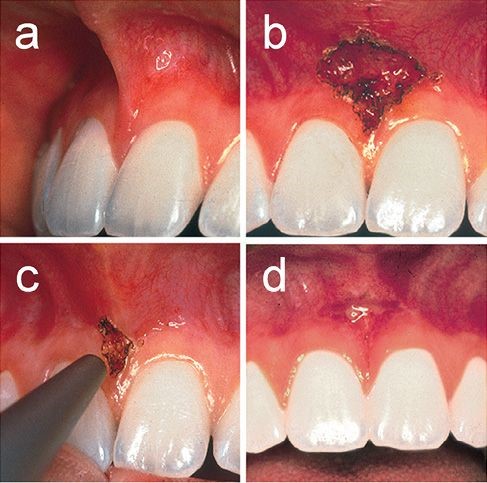
Figure 1: Images before, during and after the ablation treatment of each upper lip
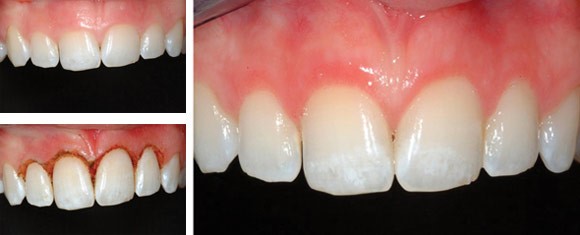
Figure 2: Surgery to create gingival contour
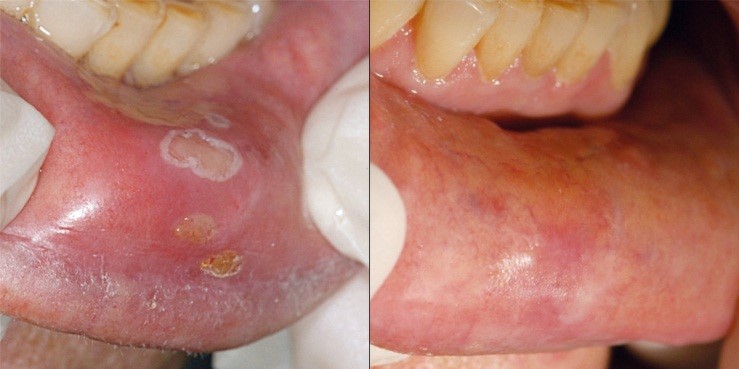
Figure 3: Treatment of herpes lesions
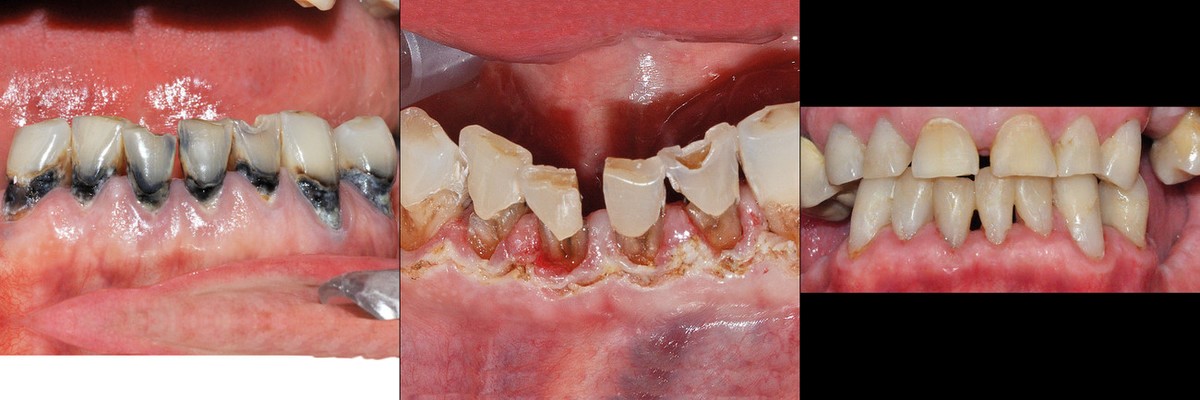
Figure 4: Elongation of crowns in the treatment of cavities
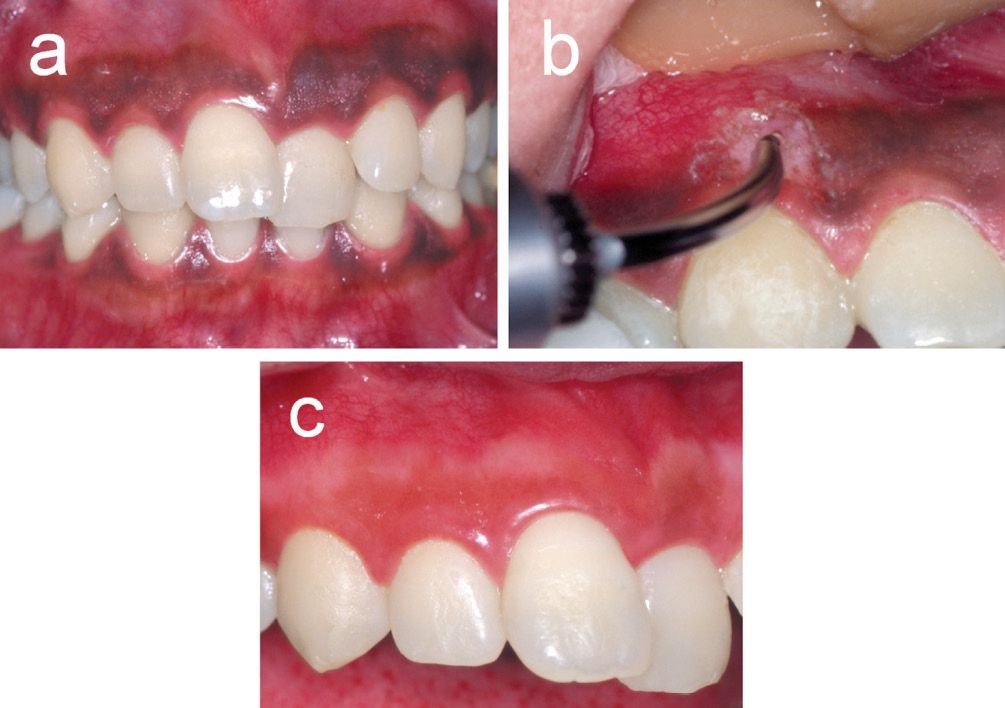 Figure 5: Gingival rosemary disease
Figure 5: Gingival rosemary disease
Application of the laser in root canal treatment: For live teeth, the laser is set at 20-30hz to clean the pulp cavity for 10-20s. With dying teeth, the laser's success rate is almost on par with traditional marrow removal methods.
Laser application in hard tissue treatment: With the greatest advantage of selective deep tissue removal. Compared to sinus augmentation with traditional drill, in addition to the cavity tissue, the drill may accidentally remove a part of healthy tooth tissue. When using a laser, by changing the wavelength, energy and focus, the doctor can change the properties of the rays, making the laser only affect the cavities, but not on the healthy teeth. strong. This is very consistent with the criteria "minimally invasive, maximum efficiency" of modern dentistry.
The second advantage is that the laser prepares the sinus cavity in a thermal - chemical mechanism, not a mechanical one such as a drill, which greatly reduces the patient's discomfort. Lasers work so well that the sensitive feeling of the dentin is so effective that a worn tooth can only be treated with a laser rather than a filler as before, unless for aesthetic reasons or loss of quality. big.
In addition to the above two main advantages, creating a sinus filler with a laser does not cause uncomfortable noises like when done with a traditional high-speed drill, making patients much more relaxed, no longer feeling scared in people sensitive. On the other hand, with the Surface Modification mode, the filling will be more durable thanks to the solid retention of the filling material on the dentin.

Figure 6: Create laser fill sinus
Other dental applications: cutting benign painless tumors and stitches from the gums; sleep apnea; whitening (low-intensity laser soft tissue can be used to speed up the whitening process); Treatment of temporal arthritis (rapid pain relief and temporomandibular arthritis).
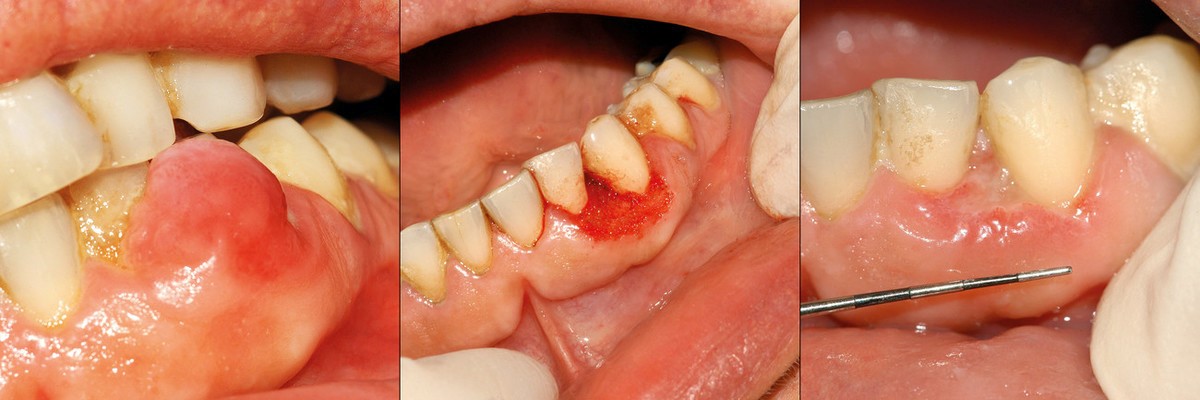
Figure 7: Cutting gum without stitches
Conclusion: The advent of laser lasers has changed treatments. assist dentists in treatment, relieve patients' stresses and fears; Support dentists to perform less invasive dental interventions, especially for children in hard and soft tissue surgery with little discomfort, no pain during and after treatment, no infection and little or no bleeding blood.
Dental lasers are considered an accurate, safe and effective method to perform a wide range of dental procedures, allowing the treatment of a very specific focus area without damaging surrounding tissues.
DR. TOOTH DENTAL CENTER – Huynh Thuc Khang Branch
Address: 90 Huynh Thuc Khang – Tan Lap - Nha Trang
Hotline: (0258)3515 788 - 0813 515 788
Business Hours: 7h30 – 18h30 (Every Mon to Sun).
- Google+/ Google Maps









